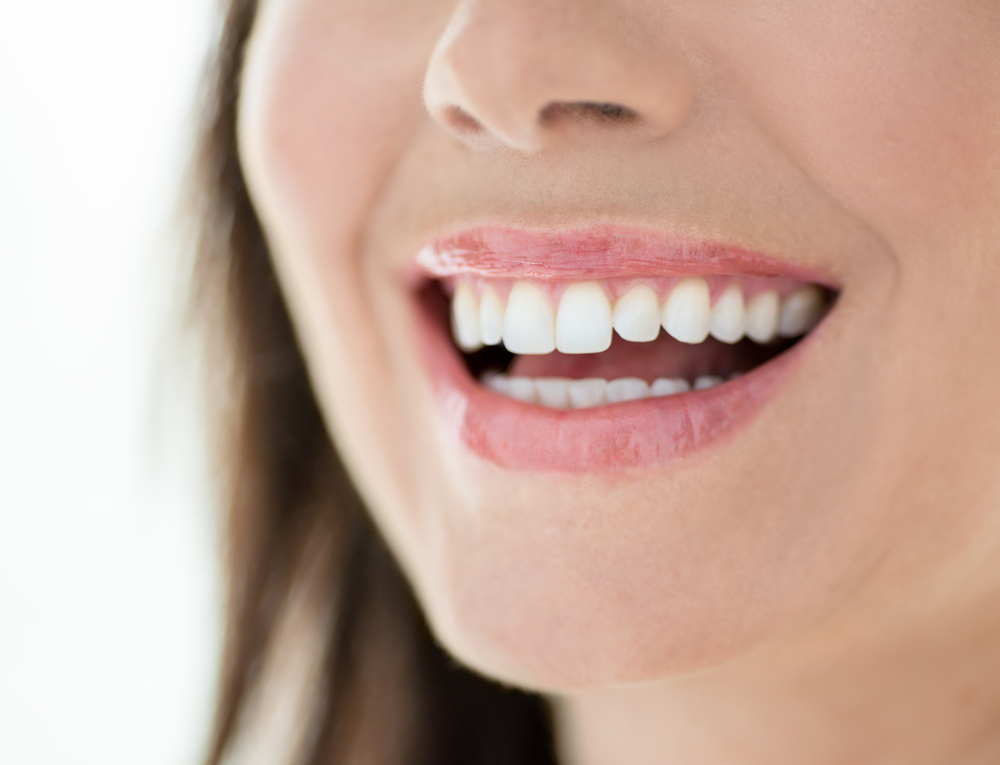Understanding Oral Pathology: Detecting and Treating Mouth Diseases with Puri Dentistry in Oxnard, CA.
Discover the importance of oral pathology in detecting and treating mouth diseases with this informative blog post.
The Basics of Oral Pathology
Oral pathology is a branch of dentistry that focuses on the study, diagnosis, and treatment of diseases and abnormalities affecting the oral and maxillofacial region. It involves the examination of tissues, cells, and fluids to identify and understand various oral diseases.
The primary goal of oral pathology is to detect and diagnose mouth diseases early, allowing for timely intervention and treatment. By understanding the basics of oral pathology, patients can take proactive steps towards maintaining oral health and preventing the progression of potential diseases.
Common conditions that fall under oral pathology include oral cancer, oral infections, autoimmune disorders, salivary gland diseases, and developmental abnormalities. These diseases can manifest in various ways, such as ulcers, red or white patches, lumps, or persistent pain. It is crucial to recognize the signs and symptoms and seek professional dental care for accurate diagnosis and appropriate treatment.
Oral pathology plays a vital role in dentistry as it helps dentists and oral surgeons provide comprehensive care to their patients. By collaborating with oral pathologists, dental professionals can accurately diagnose and treat mouth diseases, ultimately improving the overall oral health and well-being of individuals.
Common Mouth Diseases and Their Symptoms
There are several common mouth diseases that individuals may encounter throughout their lives. Understanding the symptoms associated with these diseases can aid in their detection and early intervention.
One of the most prevalent mouth diseases is dental caries, also known as tooth decay. It is characterized by the demineralization and destruction of tooth enamel, leading to cavities. Symptoms of dental caries include tooth sensitivity, pain, visible pits or holes in the teeth, and dark spots or stains on the enamel.
Another common mouth disease is gingivitis, which refers to inflammation of the gums. It is primarily caused by poor oral hygiene habits, resulting in the buildup of plaque and tartar along the gumline. Symptoms of gingivitis include swollen, red, or bleeding gums, bad breath, and gum recession.
Periodontitis is a more severe form of gum disease that can cause irreversible damage to the gums and supporting structures of the teeth. Symptoms of periodontitis include persistent bad breath, loose teeth, gum abscesses, and deep pockets between the gums and teeth.
Oral cancer is another significant concern in oral pathology. It can affect any part of the mouth, including the lips, tongue, cheeks, and throat. Symptoms of oral cancer include mouth sores that do not heal, persistent pain or discomfort, difficulty swallowing or speaking, and unexplained weight loss.
These are just a few examples of common mouth diseases and their associated symptoms. It is essential to maintain regular dental check-ups and seek professional advice if any concerning symptoms arise. Early detection and treatment can significantly improve the prognosis and outcome of mouth diseases.
Diagnostic Procedures in Oral Pathology
Diagnostic procedures play a crucial role in oral pathology as they help identify and evaluate various mouth diseases accurately. These procedures enable oral pathologists to make informed decisions regarding treatment and management.
One of the primary diagnostic tools used in oral pathology is the biopsy. A biopsy involves the removal of a small sample of tissue for examination under a microscope. It helps in identifying abnormal cells, determining the nature of the disease, and assessing its severity.
Imaging techniques, such as X-rays, CT scans, and MRI scans, are also commonly used in oral pathology. These imaging modalities provide detailed images of the oral and maxillofacial structures, allowing for the detection of abnormalities, tumors, or fractures. They aid in the planning and monitoring of treatment.
In addition to biopsies and imaging, oral pathologists may also perform various tests and analyses on samples, including blood tests, saliva tests, and microbial cultures. These tests help in identifying specific pathogens, evaluating immune responses, and assessing overall oral health.
The diagnostic procedures used in oral pathology are safe, non-invasive, and essential for accurate disease diagnosis. They enable oral health professionals to provide personalized treatment plans and ensure optimal patient care.
Treatment Options for Mouth Diseases
The treatment options for mouth diseases depend on the specific condition, its severity, and the individual patient's needs. Oral pathologists work closely with dental professionals to develop comprehensive treatment plans tailored to each patient.
In cases of dental caries, the primary treatment option is to remove the decayed portion of the tooth and restore it with a dental filling. For more extensive decay or damage, a dental crown may be recommended. In severe cases, tooth extraction may be necessary.
Gingivitis can often be reversed with professional dental cleanings and improved oral hygiene practices. Regular dental check-ups and cleanings help remove plaque and tartar buildup, reducing inflammation and promoting gum health.
Periodontitis requires more advanced treatment, such as scaling and root planing, to remove plaque and tartar from deep pockets around the teeth. In some cases, surgical intervention may be necessary to repair damaged gum tissues or regenerate bone.
In cases of oral cancer, treatment options may include surgery, radiation therapy, chemotherapy, or a combination of these approaches. The specific treatment plan depends on the stage and location of the cancer, as well as the patient's overall health.
Other mouth diseases, such as oral infections or salivary gland diseases, may require antibiotic therapy, antifungal medications, or surgical intervention, depending on the underlying cause and severity of the condition.
The treatment options for mouth diseases continue to evolve as advancements in oral pathology and dentistry are made. It is crucial to consult with a qualified oral health professional for accurate diagnosis and personalized treatment recommendations.
Preventing Mouth Diseases
Prevention is key when it comes to maintaining oral health and preventing mouth diseases. By adopting good oral hygiene practices and making healthy lifestyle choices, individuals can significantly reduce their risk of developing oral diseases.
Some essential preventive measures include brushing teeth twice a day with fluoride toothpaste, flossing daily, and using mouthwash to rinse away bacteria and debris. Regular dental check-ups and cleanings are also crucial for early detection and intervention.
A healthy diet plays a significant role in oral health. Limiting sugary and acidic foods and beverages can help prevent tooth decay and erosion. Eating a balanced diet rich in fruits, vegetables, and calcium-rich foods promotes strong teeth and gums.
Avoiding tobacco products, including smoking and smokeless tobacco, is essential for oral health. Tobacco use increases the risk of oral cancer, gum disease, tooth loss, and other oral health problems. Quitting tobacco can significantly improve oral health and overall well-being.
Finally, it is essential to protect the mouth during physical activities or sports. Wearing a mouthguard can help prevent injuries to the teeth, gums, and jaw.
By following these preventive measures and seeking regular dental care, individuals can maintain optimal oral health and reduce their risk of developing mouth diseases.



